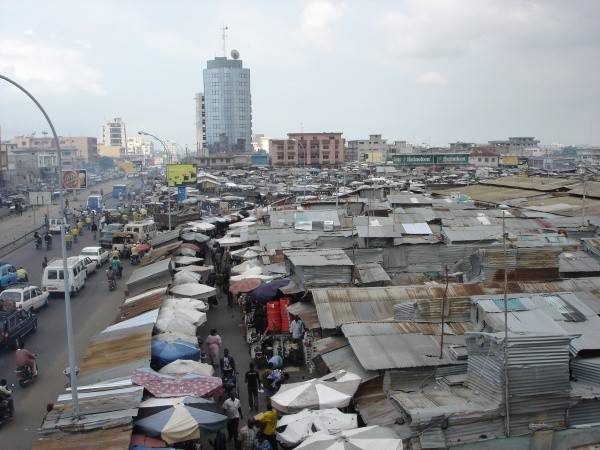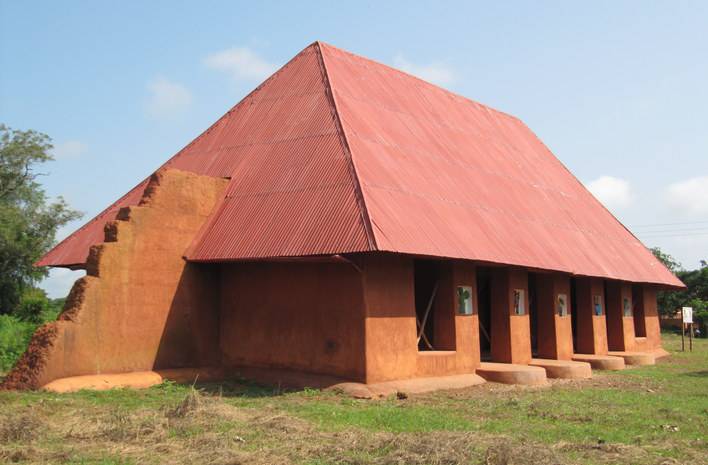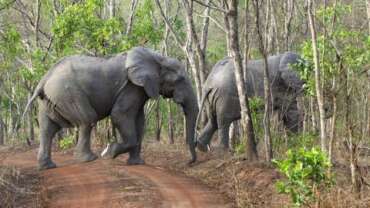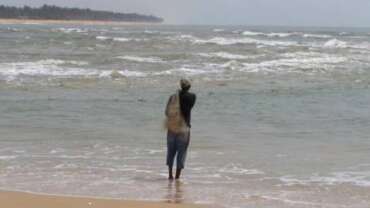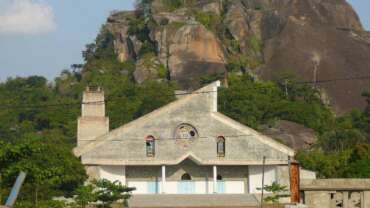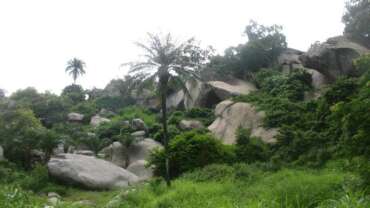Cultural Tourism in Benin
Abomey Historical Museum
The Historical Museum of Abomey was created in 1944 under the colonial administration. It is housed in the palace of King Ghézo (1818-1858). This Museum has a heritage made up of more than 1400 objects which testify to the richness of the civilization of the kingdom of Danxomè which evolved during three centuries.
The Museum’s collections:
Bas-reliefs incorporated into the buildings and some cut out, mounted on display in one of the rooms of the museum.
Royal objects: royal thrones, bowls, parasols, hammocks, ornaments.
Court crafts: hangings in polychrome applied motifs, loincloths, allegorical statues.
Ritual objects: portable altars dedicated to ancestors, ritual swords, calabashes of offerings.
Clothes: royal tunics, ceremonial loincloths.
Collections of bladed and firearms linked to the history of the kingdom.
In addition to the palaces and other royal buildings, Benin keeps the traces of its history, in particular of all the colonial period, through buildings built at this time.
The most interesting colonial-type buildings are:
– In Porto-Novo , the historic capital of Benin with its ” Portuguese and Brazilian ” houses , the ethnographic museum and the Honmè palace.
– In Cotonou where there are very beautiful buildings of colonial architecture, including the Chamber of Commerce and Industry, the Town Hall, the Post Office, the Hotel, the Cathedral.
– In Ouidah where the Maison du Brésil now houses a contemporary art museum, the Minor Basilica built in 1909, the Portuguese fort which has become a historical museum.
– In Grand Popo there are some old buildings restored as inns.
French Cultural Center of Cotonou
The CCF in Cotonou is located on Avenue Jean Paul II, next to the Embassy of France .
Various activities are organized there throughout the year (except July and August): exhibitions, workshops, concerts, theater, festivals.
A real crossroads for artists in Cotonou , it also has a library and an auditorium (for conferences and debates). The periodic calendar of scheduled events is available on the centre’s website.
Traditional Festivities Gaani
The magnificence of the Batombou riders is confirmed at each Gaani festival .
Each year in April , the Batombou nationals live in a great festive fraternity the origins as well as the adventures crossed by their ancestors.
In Nikki , a city in northern Benin , land of the Batombou , legend has it that taking part in the Gaani is a source of economic prosperity, peace, love and joy.
La Gaani is also an opportunity to observe the secular culture of this people in terms of horse training.
Gaani means joy.
The Gaani’s house, built with modern materials and inspired by traditional architecture, is a large building built in front of Nikki’s town hall .
Ella’s vocation is to host the festive events of Gaani .
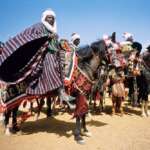
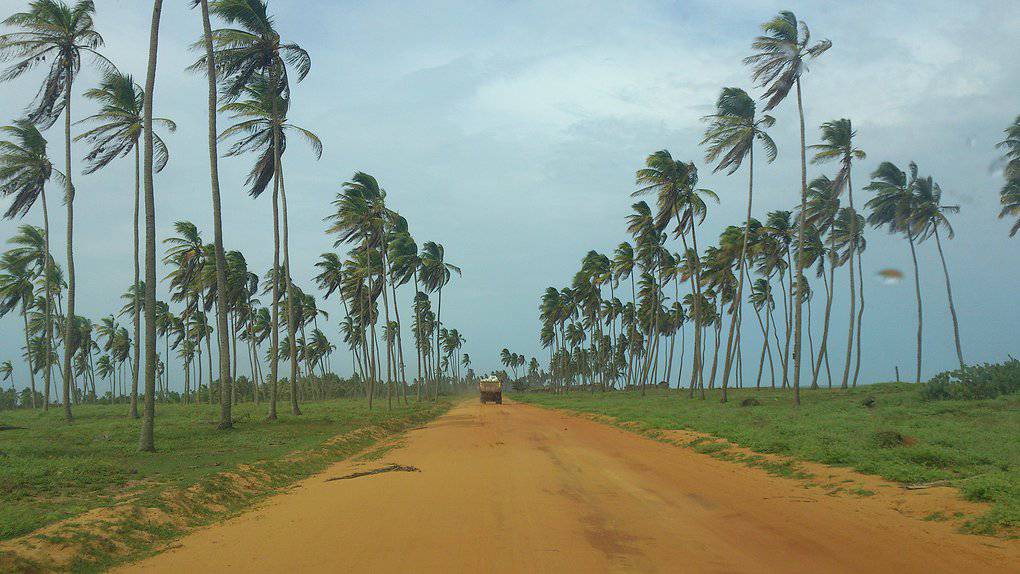
Heritage-related activities
The slave route
The slave route , which was the subject of an important historical reconstruction for the Ouidah 92 festival , retraces the painful geographical and historical journey marking the different stages of exile:
Sales areas (Brazil district),
Marking areas and warehouses (Zoungbodji- Zomaï),
The crossing of the lagoon and the boarding beach.
This journey of memory is enhanced by places of commemoration (memorial, return tree, door of no return.
Dantokpa market
The Dantokpa market is one of the largest in West Africa.
You can find a bit of everything there: fabrics , shoes , jewelry , food products.
A permanent bustle, 20,000 stands, nearly 30,000 itinerants over 22 hectares.
A billion CFA francs in exchanges every day, in a noisy, colorful crowd.
This gigantic open – air sub – regional market is held every five days at the edge of the Cotonou Lagoon .
Placed under the protection of Dan , god of wealth, the Dantokpa market is the barometer of the Beninese economy.
